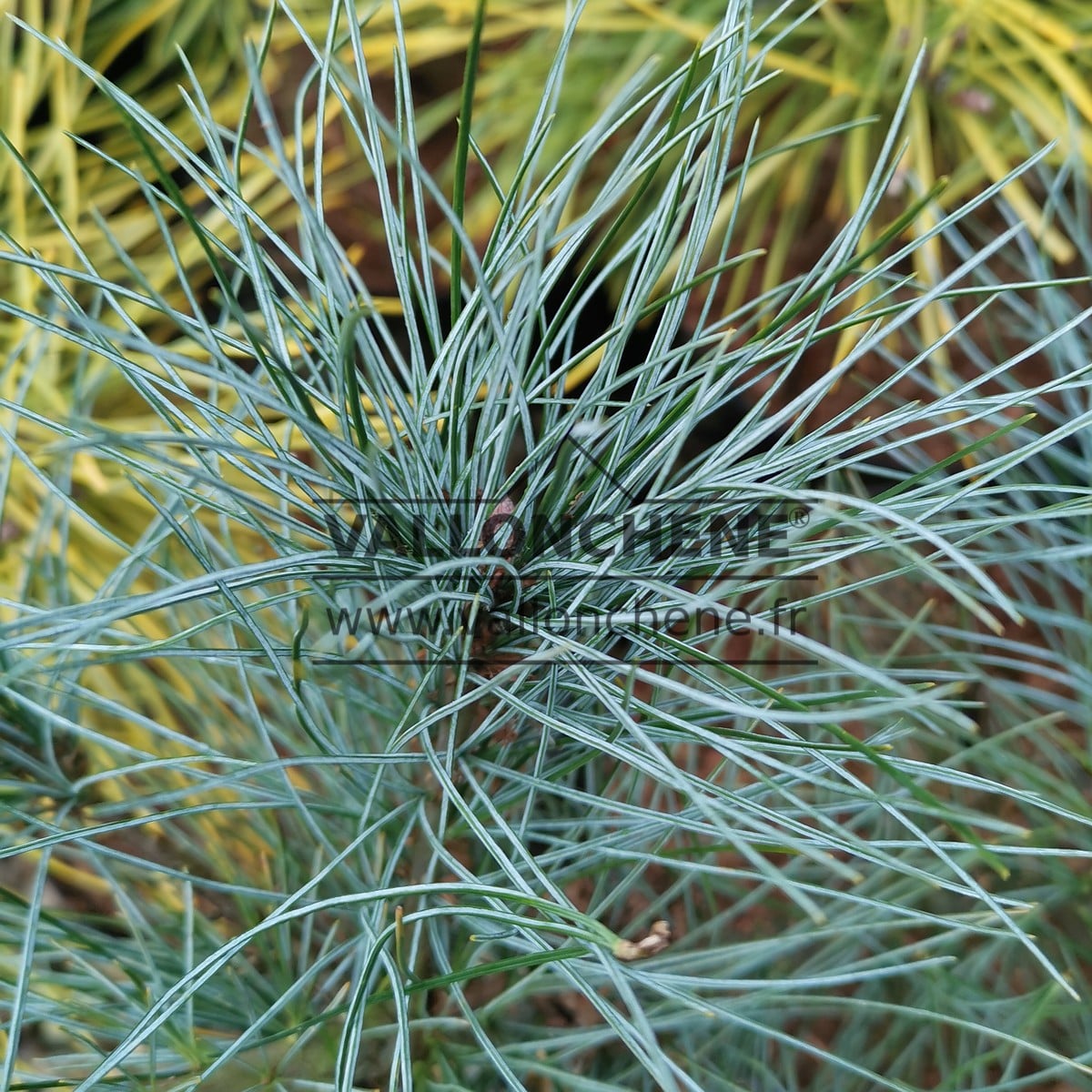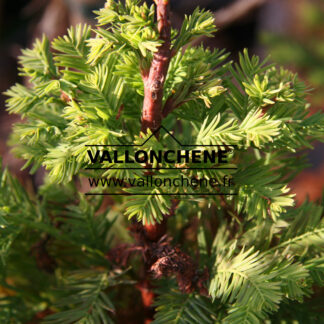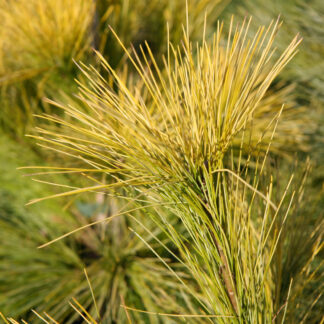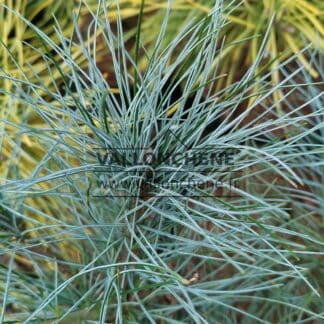Description
The Plant
PINUS strobus ‘Blue Clovers’ surprises with its lovely, very fine needles and a rather pronounced blue color in spring. They are not prickly and give this Weymouth pine a distinctive silhouette. In autumn, the color shifts to a more grayish tone.
Moreover, this pine grows much smaller than the type species and develops in a fairly compact, oval shape. During its early years, it shows more vigor and then settles down to become denser. It will rarely exceed 2 to 3 meters in height.
Of course, this plant is suitable for small gardens and can even be used as a solitary specimen.
How to plant and care for PINUS strobus ‘Blue Clovers’?
The Planting
To fully benefit from this magnificent Weymouth pine, consider the following points:
- Choose a location in full sun or partial shade. However, keep in mind that the color will be most intense in full sun.
- Prefer light or average soil, but well-drained. In any case, avoid overly damp locations.
- The pH can be acidic, neutral, or calcareous.
- For proper preparation of the planting hole, we have designed specific instructions available here.
The Caring
The PINUS strobus ‘Blue Clovers’ is a low-maintenance plant. However, if you feel the need to prune it, do so in January or February and especially well before the new growth to avoid bleeding.
As with any newly planted specimen, monitor watering during dry periods for the first two years. Furthermore, discover here how to water your garden and save water.
History and Origin
The PINUS strobus ‘Blue Clovers’ is a relatively recent variant and results from ornamental selection.
The parent species, PINUS strobus, is native to the eastern part of North America. It was revered there by Indigenous peoples as the Tree of Peace and was introduced to England in 1605 by Captain George Weymouth.
In the 18th and 19th centuries, PINUS strobus was industrially exploited for construction timber and paper pulp.







Reviews
There are no reviews yet.